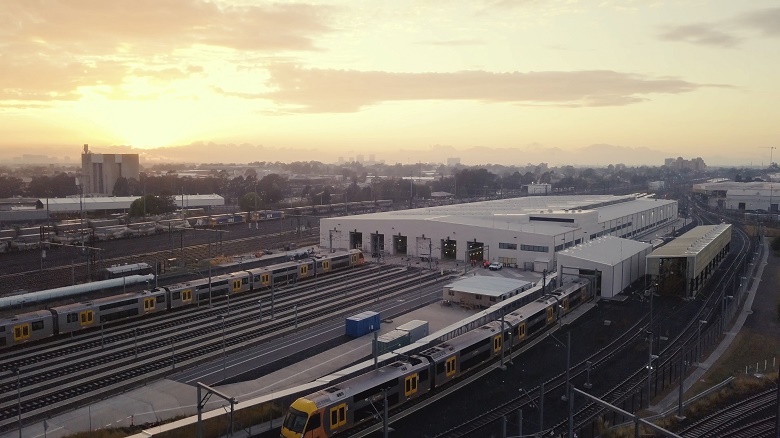In 2020, a record 80 ASX200 companies adopted the TCFD framework for climate risk reporting. A further 34 companies have either committed or are reviewing the framework – the preliminary steps to issuing their own TCFD disclosures.
“Support for the TCFD framework has accelerated rapidly both in Australia and abroad, with the number of companies that have endorsed TCFD recommendations increasing by more than four times over the 2017-2020 period,” said Carol Kong, CBA Economist, author of the report.
A shift to mandatory reporting could come with compliance costs, however, voluntary uptake of the disclosures is likely to continue without regulatory action, Ms Kong said in the report.
“The rapid uptake of climate reporting has come despite the fact that many jurisdictions, including Australia, have not made this type of reporting mandatory,” Ms Kong said. “Instead, companies are choosing to improve their financial and risk disclosures to meet the strong interest from stakeholders, including investors, employees, business partners and customers,” she added.
Currently, roughly half of ASX200 companies report on scope 1 emissions, which occur from sources controlled by the organisation, such as owned facilities and vehicles, and scope 2 emissions, which are indirect emissions linked to the purchase of electricity, steam or cooling for own use. However, only half of these companies contract an independent third party to audit or verify their reported emissions.
Scope 3 emissions, which come from sources outside of the company’s control, such as from suppliers, are more challenging for companies to report. Key to that challenge is accessing relevant data, Ms Kong said in the report.
However, as more companies step up scope 1 and scope 2 reporting, the growing trove of climate-related information will make scope 3 reporting more attainable, Ms Kong says. As companies dig deeper into their suppliers’ data, they’re more likely to partner with their suppliers to find ways to drive down emissions, Ms Kong says.
“We expect more Australian businesses will introduce or reassess their emissions reduction targets, and in particular, we anticipate more companies to set targets that meaningfully address scope 3 emissions as market-wide emissions accounting and reporting improves,” she said.




